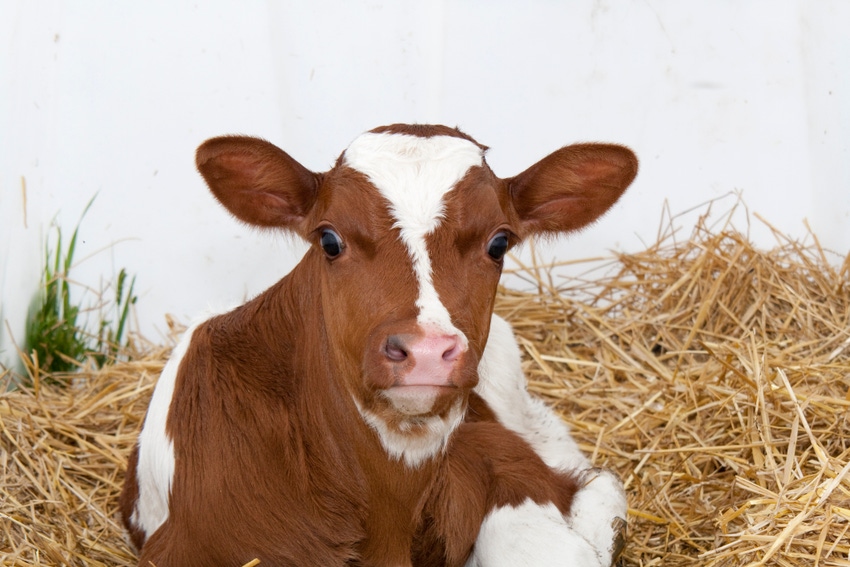Collection on dairy calf health, management published
Six new USDA studies in Journal of Dairy Science October issue focus on preweaned heifer calves.
September 21, 2018

The U.S. Department of Agriculture's National Animal Health Monitoring System (NAHMS) conducted a survey of 2,545 preweaned heifer calves across 104 dairy operations in 2014. The study, which took place in 13 states over 18 months, covered a large cross-section of management of preweaned heifer calves in the U.S.
The results of this NAHMS survey have been published in six new articles in the October issue of the Journal of Dairy Science, according to an announcement from Elsevier, which publishes the journal on behalf of the American Dairy Science Assn.
"Results from the study contain the latest information on the health and management of preweaned heifer calves in the United States. The information in these publications will help to improve the health and well-being of preweaned dairy heifer calves," said Jason Lombard with the NAHMS Center for Epidemiology & Animal Health, within the USDA Animal & Plant Health Inspection Service's Veterinary Services unit.
According to the announcement, management of preweaned dairy calves is complex, and many factors play a role in the success of practices at the farm level. Rearing heifer calves is also an expensive endeavor, at approximately $5.50 per calf per day. Therefore, research to maximize the efficiency of raising replacement heifers and minimize losses due to morbidity and mortality is extremely important.
Because the industry is continually changing, however, having current information on management practices throughout the U.S. is a necessity, the announcement said.
As such, these six studies from NAHMS represent an important collection to reflect the current state of the dairy industry.
The articles include survey results on descriptive characteristics of preweaned heifer raising practices, colostrum quality and passive transfer status, cryptosporidium and giardia infections, the presence of Escherichia coli, morbidity and mortality, as well as average daily gain. These studies provide dairy producers with a wealth of information to help them improve their calf rearing practices in terms of outcomes and efficiency, the announcement added.
The authors hope that the results may also be used to guide educational programs and improve overall calf health.
You May Also Like



